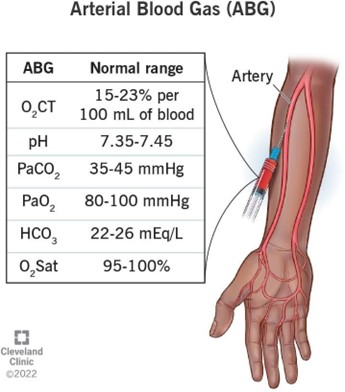Mr. Smith did not receive his medication on time, as ordered, because his nurse forgot about it and went on her lunch break. Consequently, Mr. Smith's condition deteriorated, and he was sent to the emergency room. What legal term describes this form of professional negligence?
Liability
Malfeasance
Malpractice
Dereliction of duty
The Correct Answer is C
In this situation, the nurse's failure to administer Mr. Smith's medication on time as ordered, resulting in harm to the patient, could be considered malpractice. Malpractice refers to a failure to meet the standard of care that results in harm to a patient.
Option A refers to legal responsibility for one's actions, but it does not specify the type of wrongdoing.
Option B refers to wrongdoing or misconduct, but it is not specific to the medical profession.
Option D refers to a failure to fulfill one's duties or obligations, but it does not necessarily imply harm to a patient.
Nursing Test Bank
Naxlex Comprehensive Predictor Exams
Related Questions
Correct Answer is D
Explanation
The nurse should ask the AP to perform the task of taking an ABG (arterial blood gas) specimen to the laboratory first. This is because ABG specimens need to be analyzed promptly to ensure accurate results. Timely analysis of ABG specimens is important for making clinical decisions and providing appropriate care to the client.
Option A is incorrect because giving fresh water to clients who do not have NPO status is not as time-sensitive as taking an ABG specimen to the laboratory.
Option B is incorrect because obtaining a routine urine sample from a client right after admission is not as time-sensitive as taking an ABG specimen to the laboratory.
Option C is incorrect because transporting a client to the radiology department for an x-ray is not as time-sensitive as taking an ABG specimen to the laboratory.

Correct Answer is D
Explanation
When resolving a conflict with an assistive personnel (AP) who refuses a client assignment, it would be appropriate for the nurse to say "I need to talk to you about the unit policies regarding client assignments." This comment addresses the issue directly and professionally and provides an opportunity for the nurse to clarify the unit policies and expectations.
Option A is accusatory and unprofessional.
Option B may be necessary at some point, but it should not be the first response.
Option C is also accusatory and unprofessional.
Whether you are a student looking to ace your exams or a practicing nurse seeking to enhance your expertise , our nursing education contents will empower you with the confidence and competence to make a difference in the lives of patients and become a respected leader in the healthcare field.
Visit Naxlex, invest in your future and unlock endless possibilities with our unparalleled nursing education contents today
Report Wrong Answer on the Current Question
Do you disagree with the answer? If yes, what is your expected answer? Explain.
Kindly be descriptive with the issue you are facing.
